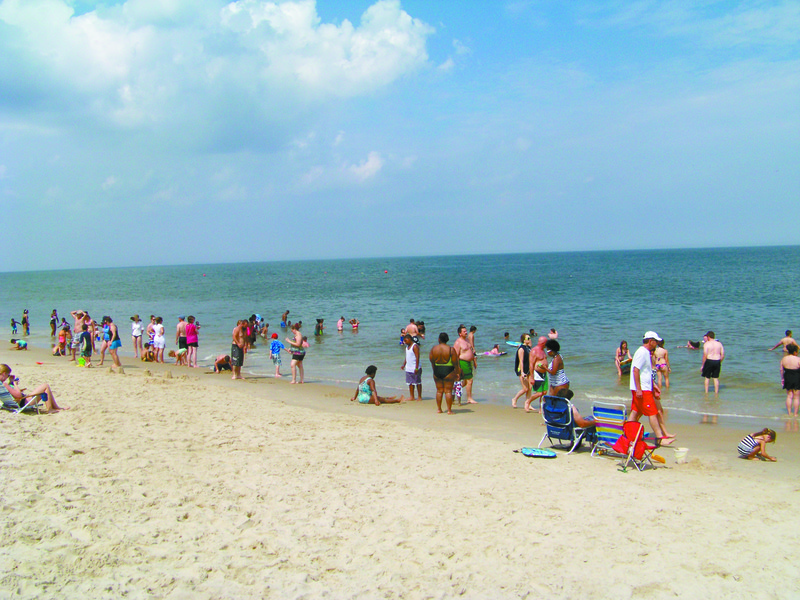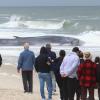Researchers seek to stem tide of surf injuries
Doctors at Beebe Healthcare’s emergency department report surf injuries in June were double last year's total for the month.
Dr. Paul Cowan, director of Beebe Healthcare’s Emergency Department, said this year has been busier than recent summers.
Cowan said injuries have run the gamut from minor injuries to broken necks; the types of injuries are similar to previous years, he said, but the number of injuries so far this year is higher.
On the ground, beach patrol captains in Rehoboth Beach and Dewey Beach said they have not noticed anything unusual.
“It’s been consistent with what we get year in and year out,” Rehoboth Beach Patrol Capt. Kent Buckson said. He said the patrol has dealt with dislocations, broken bones and spinal injuries; those injuries are typical for what the lifeguards normally see.
Dewey Beach Patrol Capt. Todd Fritchman said Dewey Beach has not seen many open-water rescue-related incidents, but he said there have been some cervical spine injuries that required taking people to the hospital.
Fritchman pointed out that this summer, "We’ve only really had four or five days of adverse surf conditions, and that was a month ago. It’s been a really mild summer since then.”
According to Beebe Healthcare, the number of surf injuries has declined over the past few years, from 423 in 2011 to 262 in 2012 and 118 last year. However, Cowan said, those numbers are skewed because Beebe closed its Millville emergency department, where a number of injured swimmers would have gone.
Cowan said he thinks the number of injuries was more in line with the 2010 and 2011 numbers, only patients who were previously treated in Millville are now going to walk-in centers or other medical facilities.
Study of surf zone
Four years ago, Cowan, along with Delaware Sea Grant and Department of Natural Resources and Environmental Control, began a study of why beach injuries occur in clusters in an effort to develop a model that could predict certain days when surf conditions are likely to cause injuries.
“This would not only assist the beach patrols and the lifeguards with staffing or alerts to folks as they come to the beach; it could also help the emergency departments for staffing. It’s a significant public safety issue,” said Wendy Carey of Delaware Sea Grant, who is an expert on coastal hazards and resiliency.
This year, Cowan said, researchers are collecting data directly on the beaches, using sensors deployed to measure wave conditions. He said beach slope is also being measured to see what role the beach itself might play.
Carey said one of the goals of the study is to provide education to visitors to help them avoid injuries. She said the study is looking at the zip codes of those reporting injuries to better target outreach efforts. Carey said the study is to take place over a number of years in an effort to accumulate trends in injuries.
She said people need to be aware that the ocean is powerful; injuries can occur just standing in the sand within the surf zone.
“Folks need to understand how the ocean works. Even in shallow water there are breaking waves. There are longshore currents that can sweep children or unstable adults off their feet," Carey said.
Surf injuries treated at Beebe Healthcare
2010 – 429
2011 – 423
2012 – 262
2013 – 118

















































